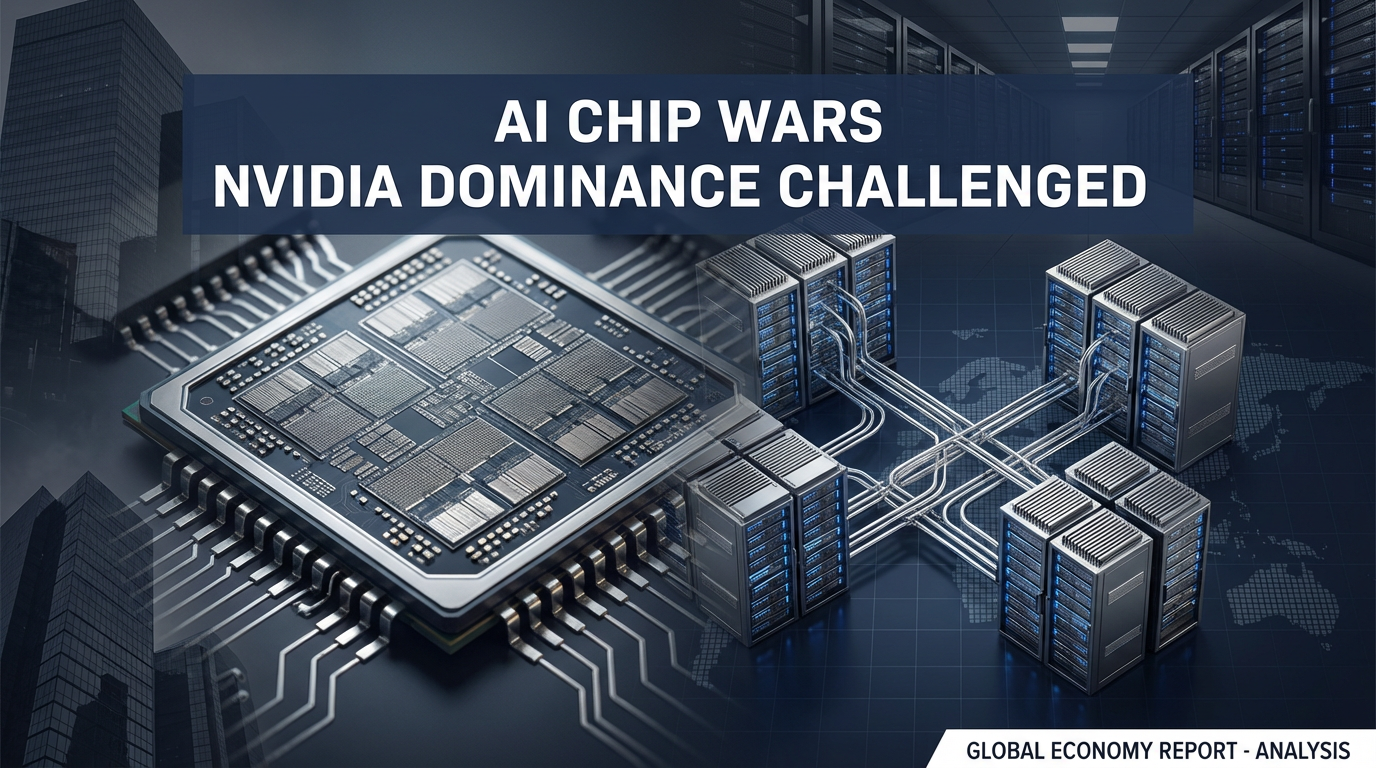● AI Brain Shrinkage
1. Economic Implications of Human Evolution and Changes in Brain Size
In addition to us, Homo sapiens, there were approximately 14 other human species in the past.
These species tended to have progressively larger heads, but as we Homo sapiens remained, brain size actually decreased.
Contrary to the logic that increasing brain size would help with survival or brainpower,
in reality, there was a shift towards building more efficient collaborative systems.
2. Collaboration and Division of Labor: The Driving Force of the Economy
Our ancestors collaborated by taking on different roles.
Just as I am a doctor and you are an investor, dividing roles and doing our best in our respective fields,
the smartest people in the past achieved optimal efficiency not by doing everything themselves, but through collaboration and division of labor.
This context is also valid in today's global economy.
The higher the level of expertise within the economy, the greater the overall efficiency,
and the synergy effect through collaboration is becoming an even more important competitive advantage.
3. Artificial Intelligence and the Modern Economy: A New Paradigm of Collaboration
There is a growing perception that creating a 'large' artificial intelligence model that is good at everything is
disproportionate and uneconomical.
Just as humans divide roles through collaboration,
in the field of artificial intelligence, they are considering ways to combine various specialized models to
create smarter and more efficient systems.
These changes are expected to have a significant impact on the economy as a whole, especially on innovation and technological advancement,
and changes in the labor market.
4. Long-Term Impact on the Economic Market
The evolution of division of labor and collaboration has a profound impact on the global economic outlook.
- Instead of general-purpose artificial intelligence, companies are likely to
focus on developing solutions optimized for specific fields. - Expertise and collaboration skills will become more important in the labor market,
requiring education and capacity building accordingly. - The speed and method of innovation will also change,
requiring an economic structure that can flexibly respond to rapid changes.
As such, the collaborative strategy of historical human evolution
provides important implications for the development of the current economic system.
Instead of continuously expanding the same model,
a structure that is optimized for each specialized area and cooperates organically will be
the core driving force for future economic development.
< Summary >
The reason why we Homo sapiens remained among the 14 human species in the past
was due to the efficient structure of the brain and the collaborative system.
This principle reminds us once again of the importance of division of labor and collaboration in the modern economy.
Instead of comprehensively incorporating artificial intelligence, companies and the labor market are now focusing on specialized solutions in each field to
change to a direction that pursues optimal performance,
which is expected to accelerate the global economic outlook and innovation.
Global Economic Outlook: Economic Analysis in the Age of Collaboration and Artificial Intelligence
1. Economic Implications of Human Evolution and Changes in Brain Size
In addition to us Homo sapiens, there were 14 human species in the past.
Brain size did not increase, but rather decreased,
and building an efficient collaboration system was key to survival.
We can get a glimpse of the importance of economic collaboration from this principle.
2. Collaboration and Division of Labor: The Driving Force of the Economy
Just as I was a doctor and you were an investor,
In the past, professional manpower cooperated to increase overall efficiency.
Division of labor and collaboration are essential elements for the modern labor market and innovation.
3. Artificial Intelligence and the Modern Economy: A New Paradigm of Collaboration
Instead of a large artificial intelligence model with all functions,
Combining specialized models is economically efficient.
This method is expected to have a significant impact on artificial intelligence and the global economic outlook.
4. Long-Term Economic Impact
The principles of collaboration and division of labor are
It will be the core driving force for significant changes across companies, the labor market, and innovation in general.
Economic cooperation, artificial intelligence, labor market, global economic outlook, and innovation
These five keywords show the direction of future development.
[Related Articles…]
The Future of Artificial Intelligence and Economic Cooperation
Global Prospects for Labor Market Innovation
*YouTube Source: [와이스트릿 – 지식과 자산의 복리효과]
– 인공지능이 뇌를 줄이기 시작했습니다 / 이경일 솔트룩스 대표



